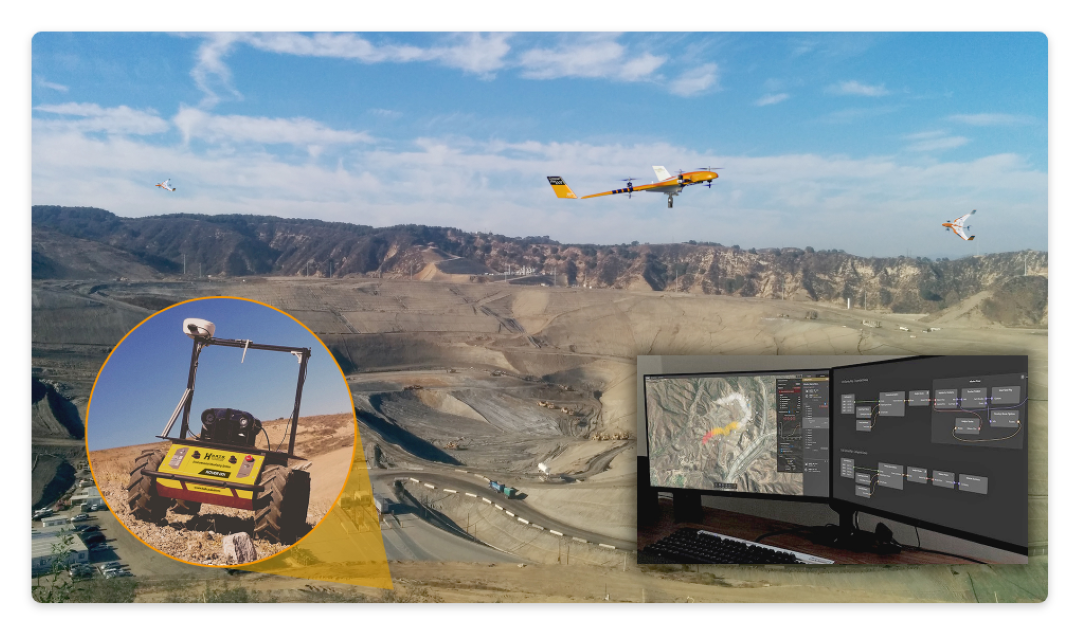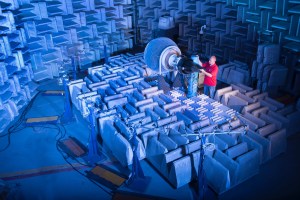As NASA and industry partners continue working towards a future that sees aviation meet cleaner sustainability standards, new technologies are also opening the door to other innovative concepts. Automated flight systems are already proving useful in different ways such as structural inspections and emergency disaster relief efforts. Now, researchers are looking at how automated systems can help keep our Earth clean.
According to the Environmental Protection Agency, landfills in the United States released an estimated 114.5 million metric tons of methane into the atmosphere in 2019. That is nearly 18 percent of all annual U.S. methane emissions. This large percentage is partly due to insufficient monitoring. Checks for methane leaks are manually conducted by an inspector just four times each year.
In partnership with NASA’s System-Wide Safety (SWS) project, Human Automation Teaming Solutions, Inc. (HATS) is building an intuitive, sustainable solution to continuously monitor methane emissions.
By utilizing safety-related algorithms, data, and risk calculations developed by the SWS project, HATS will be able to refine and commercialize its technology for automated drones and rovers to assess methane emissions at a landfill and provide real-time data to landfill ground control stations. The vehicles will not replace human inspectors but will instead work in conjunction with and help inspectors predict and locate methane leaks quickly so that operational changes can be made to limit the amount of methane escaping into the atmosphere.
In addition to keeping inspectors safe by allowing them to monitor emissions remotely from the ground control station, this technology will help fight climate change. Local communities will also benefit from reduced odors and health hazards caused by methane leaks and methane fires that can occur above and below the surface of landfills.
“The SWS collaboration with HATS has demonstrated how small business partnerships are key to our research portfolio. We want to mature technologies that enable safe, rapid, and repeatable access to airspace and create truly scalable enterprises with Advanced Air Mobility,” said Kyle Ellis, SWS deputy project manager. “We also want to demonstrate how our technology can positively impact the public’s day-to-day life.”
The goal of this new technology is to create a safer way to monitor emissions and generate data that could help to lower methane emissions by 60 percent by 2030.
This partnership is funded through the NASA Small Business Innovation Research (SBIR) Program, which supports small businesses in the creation of innovative, disruptive technologies and helps take research advancements from conception into the market. Different from most other investors, the NASA SBIR Program funds early or “seed” stage research and development that has commercial potential.



































